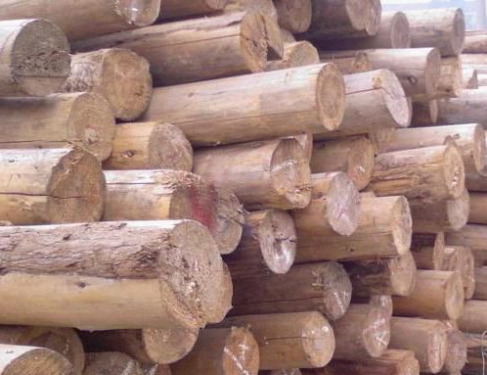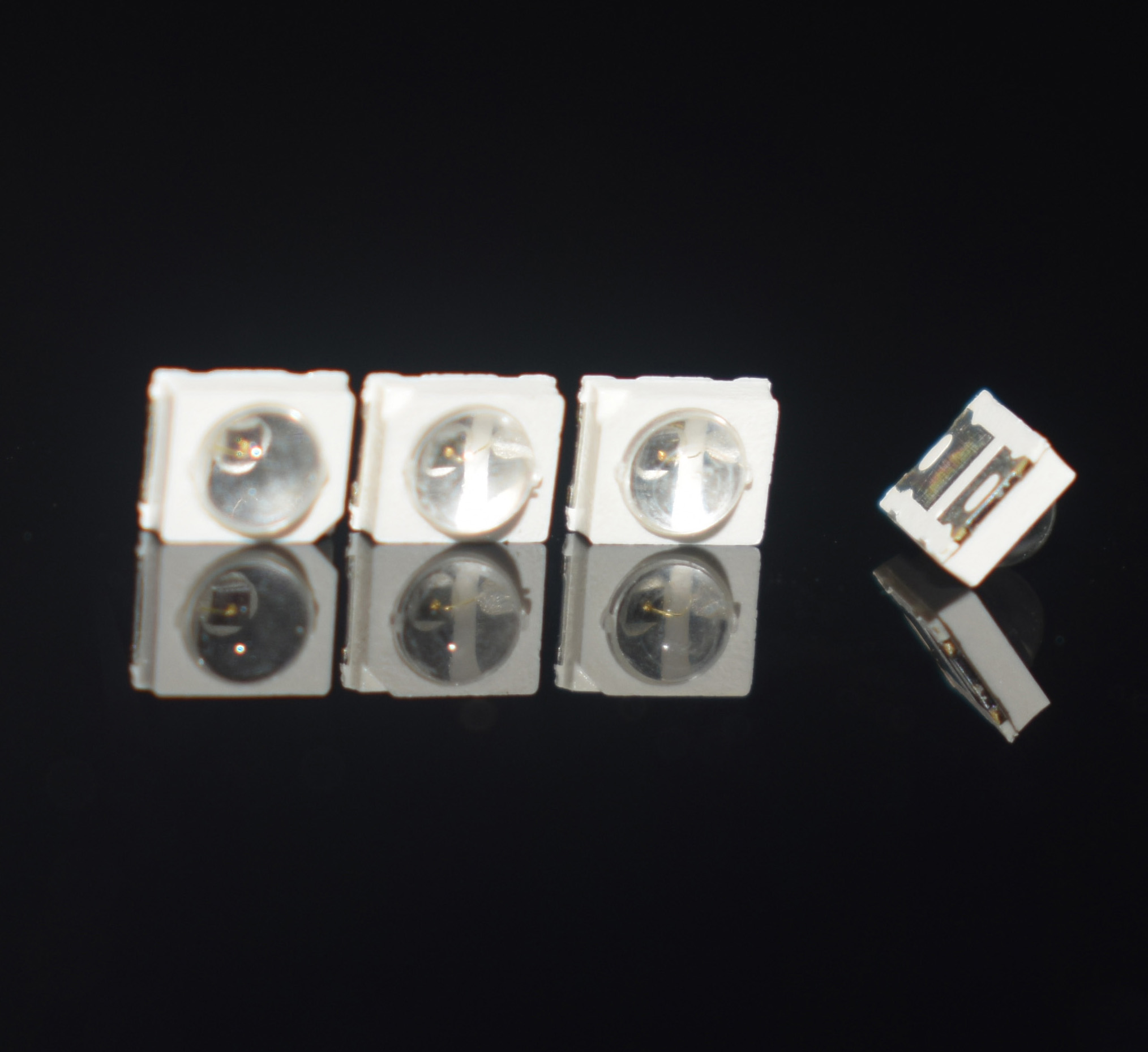 The low-carbon economy has promoted the development of forestry in terms of policies. Forestry development also imposes higher requirements on the processing technology and resource utilization rate of follow-up products, so that the carbon emissions balance with carbon sinks will be beneficial to the virtuous cycle of carbon trading in China. Under the background of low-carbon economy, China's forestry and timber industry may usher in a new situation of rapid development.
The low-carbon economy has promoted the development of forestry in terms of policies. Forestry development also imposes higher requirements on the processing technology and resource utilization rate of follow-up products, so that the carbon emissions balance with carbon sinks will be beneficial to the virtuous cycle of carbon trading in China. Under the background of low-carbon economy, China's forestry and timber industry may usher in a new situation of rapid development. How to establish industrial systems and consumption patterns characterized by low carbon emissions is the core content of low-carbon development. In many industries of our country, due to low resource utilization and large carbon emissions, structural adjustments are needed to meet the requirements for efficient use of resources and low emissions.
Against the background of how to develop forestry and timber industry in the context of a low-carbon economy, Cheng Baodong, a professor of forestry economics and management at Beijing Forestry University, believes that low-carbon economy has brought powerful opportunities for forestry development.
Forestry can continue to develop forestry through carbon exchange transactions. It is an important sector for achieving a low-carbon economy. Forests themselves have the function of absorbing carbon dioxide to release oxygen and can reduce the actual carbon dioxide emissions. Forestry carbon sink refers to the process, activity or mechanism that uses the carbon storage function of forest, absorbs and fixes carbon dioxide in the atmosphere, and integrates carbon exchange transactions according to relevant rules. The development of forestry will provide a strong guarantee for China's increase in carbon sinks, while at the same time increasing China's industrial emissions and maximizing the balance between emissions and absorption. At present, carbon emissions trading trials have also been carried out in large cities such as Beijing, Shanghai and Chongqing. Forestry will continue to develop with the help of carbon trading.
As the main products of forests, wood products have the advantage that other materials cannot match in the fixation of carbon. This is something we have not noticed at ordinary times. Cheng Baodong introduced that, first of all, unlike iron and cement, wood stores photosynthesized carbon elements. Therefore, the proper use of wood for the production of homes and furniture can sustain long-term carbon storage in wood. For example, in terms of the average carbon storage per household, the wooden house is 6 tons, the steel structure is about 1.5 tons, and the steel-concrete structure is about 1.6 tons.
Second, wood can reduce carbon dioxide emissions by replacing other materials. Compared with materials such as steel and plastics, wood consumes less fossil fuels during manufacturing and other processes. Therefore, wood replaces materials that require high fossil fuel consumption, such as iron and steel, and the amount of carbon dioxide emitted by these fuels is also reduced. According to calculations, the average carbon emission per household during construction is about 5.1 tons for wooden houses, 14.7 tons for steel structures, and 21.8 tons for steel-concrete structures.
In addition, using wood as an energy source will also reduce carbon dioxide emissions. The carbon dioxide emitted from wood combustion can be reabsorbed and utilized by the reforestation during the growth process. In this way, using wood as an energy source does not affect the carbon balance of atmospheric carbon dioxide concentration. Fossil fuels are non-renewable, and the carbon dioxide emitted from the burning of fossil fuels will remain in the atmosphere, causing the concentration of carbon dioxide to rise. Therefore, using wood to replace fossil fuels, it will be possible to suppress carbon dioxide emissions.
At the same time, forestry can also produce bio-energy, and it has now achieved the bio-diesel extraction by planting plants such as Pistacia chinensis.
Can we guarantee that the forest resources will be more and more, and the more we can, the better?
In addition to the higher requirements for the protection and rational use of forest resources, the low-carbon economy has also contributed to the improvement of wood processing technology. Therefore, only by continuously improving processing technology and reducing carbon emissions during processing can wood be truly called low-carbon materials.
Many people think that the development of the timber industry will cause damage to forests, and the forest coverage will be reduced. In fact, as long as we do not cut down excessively and achieve sustainable use, we can ensure that the forest resources are more and more and more productive. For example, two provinces, Jiangsu and Shandong, used to be Shaolin or non-forest provinces. Later, with the local efforts to develop the timber industry, the local forest coverage rate increased rather than decreased.
Because of the development of the timber industry, the local demand for forest resources has increased. Therefore, some farmers have vigorously planted trees in their field plots, and later formed a composite model of agriculture and forestry. As a result, the timber industry has developed and forest resources have continued to increase. However, when planting fast-growing forests, the protection of natural forests must be sustainable, and the development of planted forests at the expense of natural forests must not be lost.
The business philosophy of forest resources includes not only cultivation but also utilization. Many furniture manufacturing companies now have their own enterprise afforestation, which combines cutting and replanting to maintain the balance of the total forest.
Therefore, the low-carbon economy has promoted forestry development in terms of policies. Forestry development also imposes higher requirements on the processing technology and resource utilization rate of follow-up products, so that the carbon emissions and carbon sinks are in balance, which is beneficial to the benign nature of carbon trading in China. cycle. Under the background of low-carbon economy, China's forestry and timber industry may usher in a new situation of rapid development.
2835 SMD IR LED supplier from China.
We produce and sell 2835 SMD IR LED, which is with the wavelength from 680nm-1550nm.
In this category, we mainly introduce the two kinds of wavelengths: 940nm IR LED and 850nm IR LED. These two wavelengths are the most commonly used wavelengths in infrared monitoring. They all can be used to monitor products.
940nm infrared LEDs are totally invisible to the naked eye, which means you can't see whether the 940nm working or not. Unless you watch it through some device(like phone's camera), which will show some purple or white color light.
The 850nm infrared LEDs have a very slight reddish when it's working, which means you can see if the 850nm LED is working.
Under the same power, radiation intensity of 850nm will be higher than the 940nm. Of course, 940nm also has its own unique advantages. It is the naked eye that is indistinguishable from work or from work, therefore, its application has been widely used in many special markets in the modern era.

We supply the 2835 940nm SMD IR LED and 2835 850nm SMD IR LED products with difference power, such as: 0.1W 940nm, 0.2w 940nm, 0.3w 940nm, 0.4w 940nm, 0.5W 940nm, 0.6w 940nm, 0.8W 940nm, 1w 940nm, 3W 940nm, 0.1W 850nm, 0.2w 850nm, 0.3w 850nm, 0.4w 850nm, 0.5W 850nm, 0.6w 850nm, 0.8W 850nm, 1w 850nm, 3W 850nm and so on.
In addition, we also add the lens on the top of SMD LED, which can make the SMD LED have an angle like those Thought-hole LED.
We also can customize the mold of ledns as you needed angle.
2835 SMD IR LED,2835 SMD IR LED 940Nm,IR LED 850Nm 2835 SMD,IR Laser LED SMD 2835
Shenzhen Best LED Opto-electronic Co.,Ltd / BESTSMD CO LIMITED(HK) , https://www.bestsmd.com